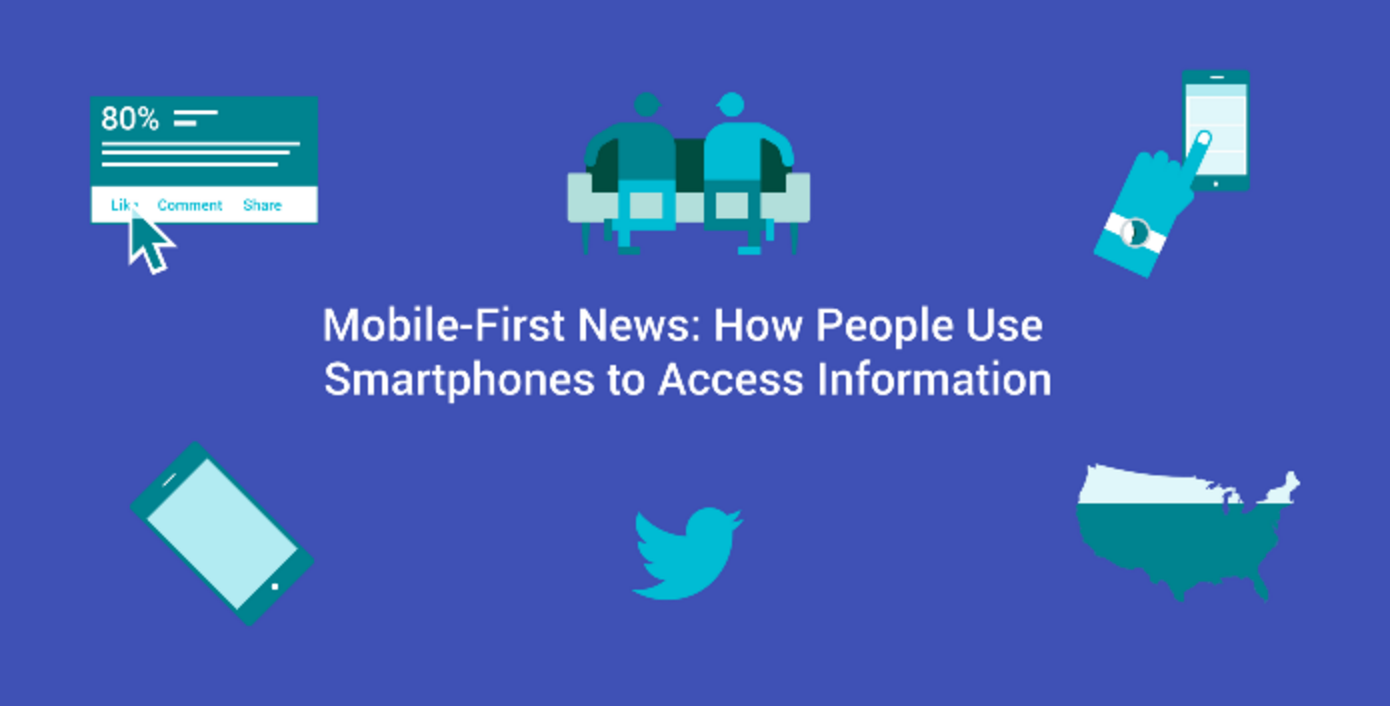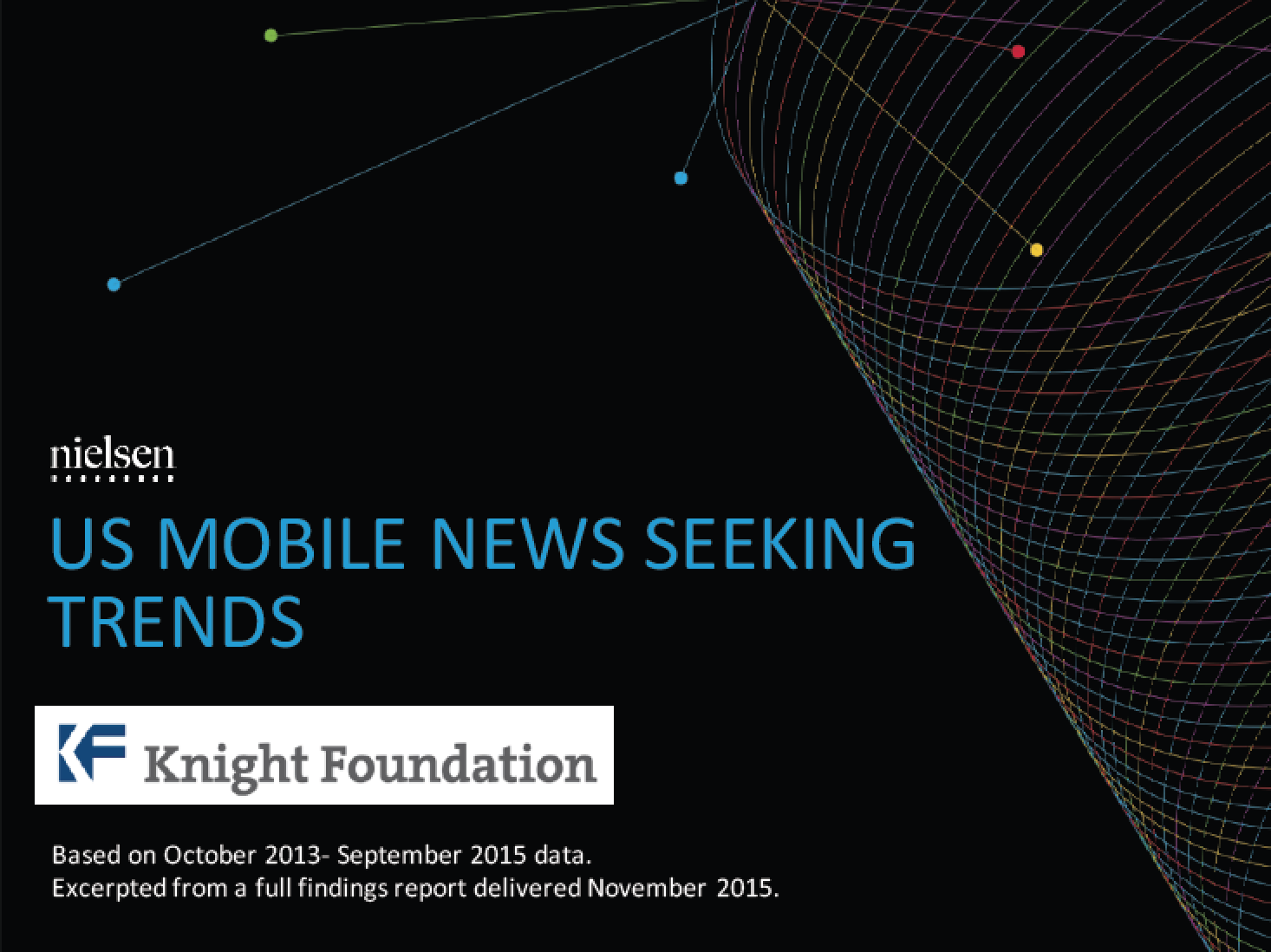Rapid advances in technology have left news organizations scrambling to manage how news is created, consumed and delivered. People have shifted towards accessing news first via desktops and laptops, and now through the ubiquitous smartphone.
RELATED LINKS

Report: Mobile-first news: How people use smartphones to access information (Medium.com), 5/11/2016
PDF Report: Mobile-first news: How people use smartphones to access information (PDF), 5/11/2016

Since 2011, the rate of adult U.S. smartphone ownership has increased notably from 46 to 82 percent1, and is nearing a saturation point among some age groups. In just the past two years, individual mobile news consumption has grown rapidly. In fact, 89 percent of the U.S. mobile population (144 million users) now access news and information via their mobile devices.2 As news organizations seek to better manage this digital transformation across platforms, engage with their audience and stay competitive, what should they understand about their audience’s changing behavior on mobile news? And, how are diverse audiences approaching access to mobile news and information differently?
This two-part series, excerpted from a custom research study conducted with Nielsen and commissioned by Knight Foundation in September 2015, delves first into several key findings, and then dives into how specific groups of people use different mobile platforms for news.
The findings show that:
-
There is a substantial audience for mobile news. Nearly the entire population of adult mobile users consume news on their devices, and more users are spending news time on social platforms.
-
While mobile users only spend 5 percent of mobile time on news, on average, the time they do spend includes “hard” news about current events and global news, as opposed to routine weather reports and other forms of “soft” news.
-
Mobile users who access news through apps spend more time reading the content, but the overall audience for apps is small, so it’s essential to know who those users are.
-
Social media sites and apps are important sources of news for social media users, although television remains their top source. However, social media users also depend on friends, contacts and individuals they follow as trusted news sources as much as or more than they depend on media outlets.
-
Mobile news users active on social networks do not just passively engage with news content but take offline action related to the content.
Other studies on mobile news behavior rely heavily on self-reported survey data but Knight Foundation wanted a clearer picture of genuine behaviors. To obtain actual user data, Knight worked with Nielsen’s Electronic Mobile Measurement Panel to conduct a 24-month mobile news trend analysis. Panel recruits use an “always-on” meter on their mobile devices to monitor user activity, both across apps and on browsers.
Nielsen also conducted a supplementary, self-reported survey to account for in-app news consumption on social networking sites (for example, reading an article posted on Twitter or Facebook).
